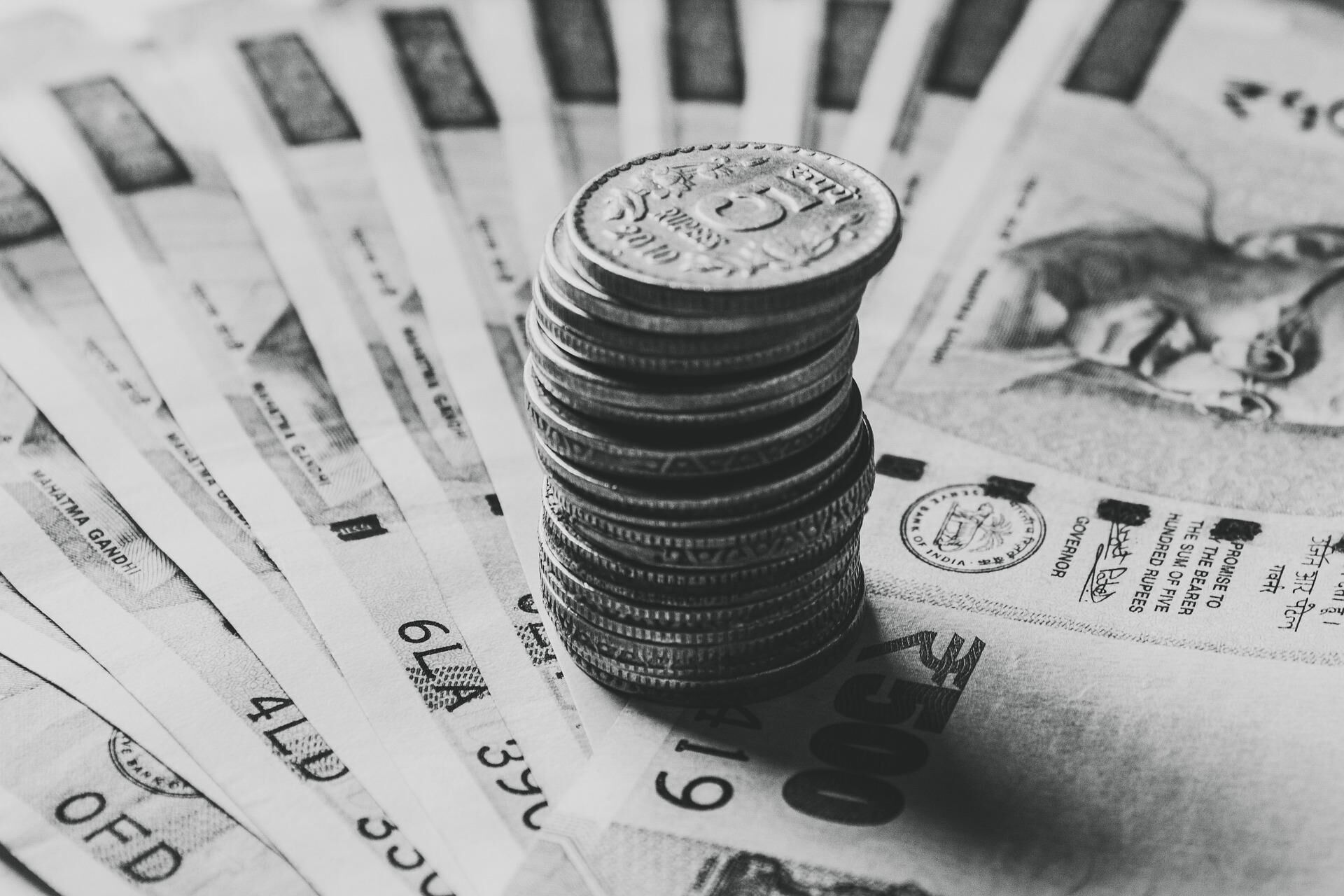A wounding fall
Depreciation of the rupee vis-à-vis the dollar will further exacerbate inflation, thereby affecting the overall health of the Indian economy

On May 9, the rupee weakened to 77.4 against the dollar, which remains the lowest level ever. Within a day, there was a decline of 50 paise. On May 8, the rupee had weakened and closed at 76.9 per dollar. Significantly, till May 10 this year, it had weakened by 4 per cent.
The value of the rupee against the dollar shows whether the rupee is strong or weak. If more rupees have to be spent to buy the dollar, then it is believed that the rupee is weak. On the other hand, if less rupee has to be spent to buy the dollar, then it is believed that the rupee is strong.
Uncertain conditions in the global stock market, rising inflation and large withdrawals by foreign portfolio investors (FPIs) from the domestic stock market are the main reasons behind the weakening of the rupee. FPIs sold shares worth Rs 5,517.08 crore on May 6 from the domestic stock market, resulting in the further decline in the value of the rupee.
Owing to the geopolitical crisis, there has been a situation of uncertainty in many countries. As a result, there has been an unprecedented increase in the price of products exported from Russia and Ukraine. These factors ensure that inflation remains consistently high, and investors are hesitant to take investment risk. So far this year, FPIs have withdrawn Rs 1 lakh crore from the Indian stock market — almost Rs 2,200 crores per day. Furthermore, after the start of the war between Russia and Ukraine, FPIs are selling about Rs 4,500 crore daily from the stock market.
Brent crude rose 0.14 per cent to USD 112.55 per barrel on May 9. If the price of crude oil continues to soar, then the rupee may weaken further and reach the level of 80 against the dollar. The Reserve Bank of India is consistently trying to stop the devaluation of the rupee, but so far it has not achieved the expected success. Recently, to control inflation, the RBI increased the repo rate by 0.4 per cent. In the current scenario, to control inflation, the Central bank may increase policy rates in the coming months as well. In fact, countries around the world are increasing policy rates to maintain a tab on inflation. The US Fed has also increased interest rates by 0.5 per cent.
Raising policy rates can not only be effective in containing inflation, but also reduce investment, credit growth, job creation, etc., which accelerate the pace of growth.
Being the strongest currency in the world, the dollar remains the medium of business interaction among many countries. India also does business with other countries in terms of dollars. When India imports, dollars are spent and foreign exchange reserves decrease. Currently, due to the devaluation of the rupee against the dollar, more rupees have to be spent for import of crude oil and other products. Owing to this, the price of fuel, petroleum products and other commodities have also increased.
The price of the rupee depends on the demand and supply of the currency. Imports and exports also play an important role in determining the value of the rupee. Every country has reserves of currency of other countries, through which they carry out trade. In today's date, the more dollars a country has, the easier it can do business with other countries because the US dollar is the strongest currency in the world.
In the last three financial years, the Central government has earned Rs 8.02 lakh crore by taxing petrol and diesel. At the same time, in the financial year 2020-21 alone, the Central government earned a revenue of Rs 3.72 lakh crore by levying tax on petrol and diesel, more than double from that in the financial year 2019-20.
From the year 1960, the consumption of crude oil in India started accelerating, as more crude oil was needed in the country to keep the various parameters of development moving. Until 1965, the value of the rupee in the international market was measured in pounds — replaced by the dollar in 1966. In that year, the price of one dollar was 7.5 rupees, which is now on the verge of reaching 80.
According to rating agency ICRA, if the price of crude oil in the international market remains at an average of USD 130 a barrel, then India's current account deficit can increase to 3.2 per cent of gross domestic product (GDP) in the financial year 2023. In the current scenario, the price of crude oil can reach USD 150 to 200 per barrel. Therefore, there is a possibility of more losses in this item.
For the health of the economy of any country, it is not considered good for its currency to fall; it adversely affects the growth of the country. The rise in inflation makes life difficult for the public. However, Indians who send a large part of their earnings to India from abroad will benefit from the current situation.
Views expressed are personal



